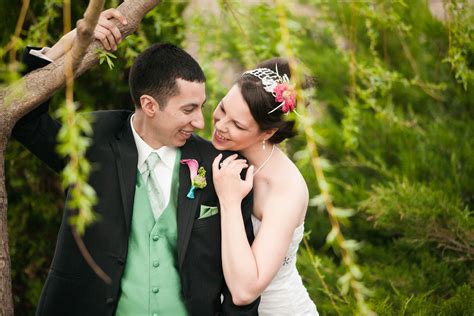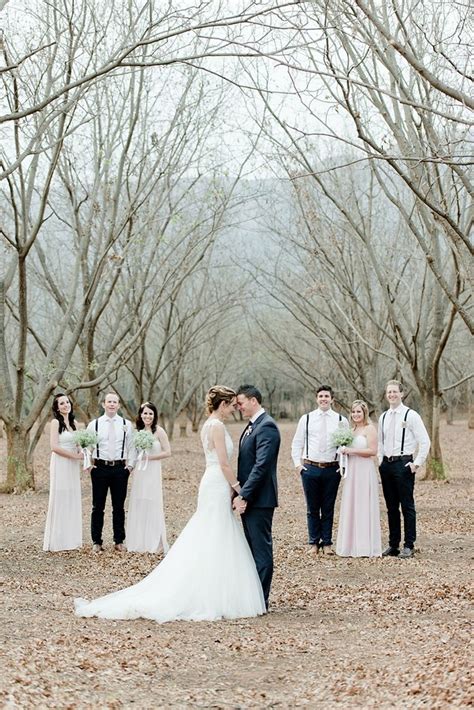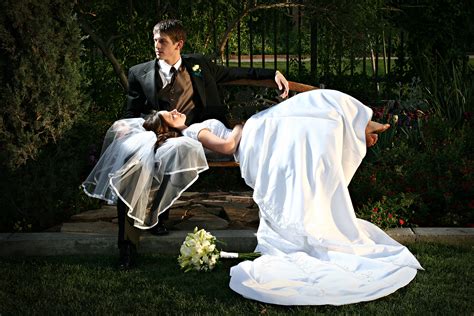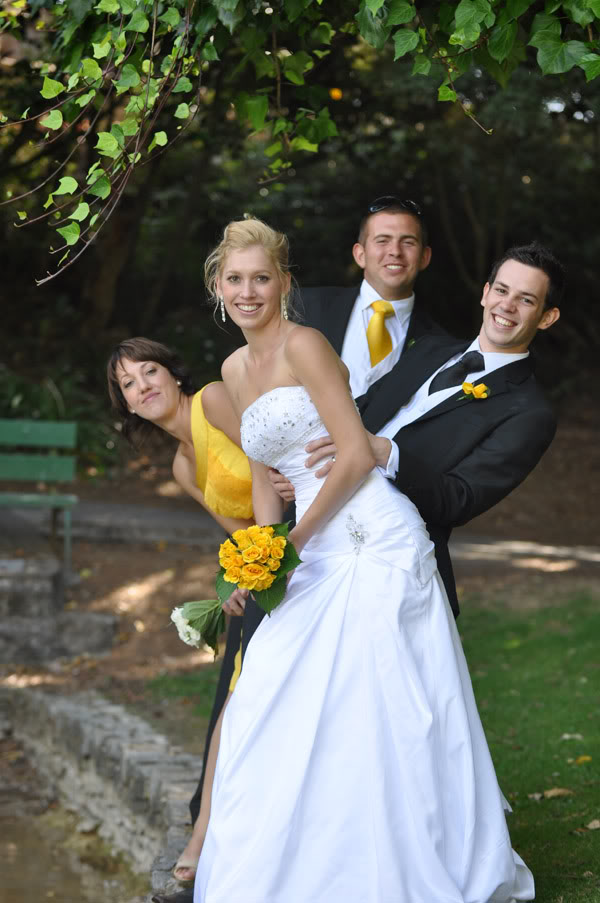One of the hardest things on the big day is the correct wedding photography poses to use. There will be a lot going on and a lot to think about, so to get everyone into place at the right time can be hard work. Often guests are shy and unwilling to be in the photographs. The more confident and assertive you are, (but be polite) the more at ease the subjects will be and the better the photographs will be.
So how do you get the wedding photography poses right? The following guidelines should help:-
The Head, Shoulders and Body.
Most professional photographers make sure their subjects are turned at an angle to the camera. This creates a more flattering and dynamic image.
Head Tilt.
A diagonal line from one eye to the other creates a more dynamic image and can be achieved by getting the subject to tilt their head slightly. It's traditional that the bride's eyes should be tilted towards her shoulder closest to the camera however the grooms should then be tilted towards the furthest shoulder away from the camera.
Chin Height.
Make sure the subjects chin height is not too high or too low; too high can create an impression of haughtiness and too low can give the impression of low self-esteem.
Hands.
The hand of the subject(s) should be presented to the camera side on, as opposed to the palm or back of the hand towards the camera, as this gives a more natural, flowing line. Also, ensure the subjects fingers are slightly apart or it can make the hands look rather unflattering. The wrists should be slightly bent to give a more relaxed feel.
Feet.
Make sure the feet of your subject(s) are not pointing directly towards the camera, or it will make them look short and wide. When the subject is standing, they should avoid having their weight evenly distributed to both feet. With one foot slightly in front of the other, their weight should be mostly on the back foot and the knee of the front leg slightly bent. This will make the subject look more relaxed.
Full-Length and Three-Quarter Poses.
Ensure that the bottom of the frame is at mid-thigh or mid-calf. When composing the image in the viewfinder, the edge of the frame should not cut across the knee or other joint as this makes for an unsettling image. If possible, give them something to do with their hands/arms to prevent them hanging loosely by their sides. For example, a couple should have their arms around each other or men can perhaps lean on one knee.
For seated guests, a crossed legged pose can be effective. Leave space between the legs and the chair to give a more flattering view. Full length wedding photography poses should follow similar rules as for the three-quarter shot.
Group Portraits.
Group portraits follow similar rules as above. For the Bride and Groom (or other couples), turn the couple towards each other. You can get them into a stance that is similar to a dance hold for ballroom dancing. The arms furthest from the camera can be slipped around each other's waist and the hands closest to the camera could be holding each other's hand. These can be raised, or standing in the same position, get the couple to let go of each other's hands and let them drop to the side, but the furthest arms still around each other. Don't forget the head tilt as explained above.
For larger groups, if the couple are included, start with them in the centre in the dance hold and then distribute the others evenly to each side. Turn each of the group inwards towards the couple. As well as flattering the people in the group, this also helps to condense the group as they will be able to stand closer together slightly side on.
Conclusion.
Professional photographers consider all these factors effortlessly and it would appear to the observer that all these wedding photography poses come naturally, but for the amateur wedding photographer, a lot more effort will have to go into getting the poses right and guiding the subjects to stand correctly. However, this one wedding photography tip can make a huge difference to the final set of photographs.












Tidak ada komentar:
Posting Komentar